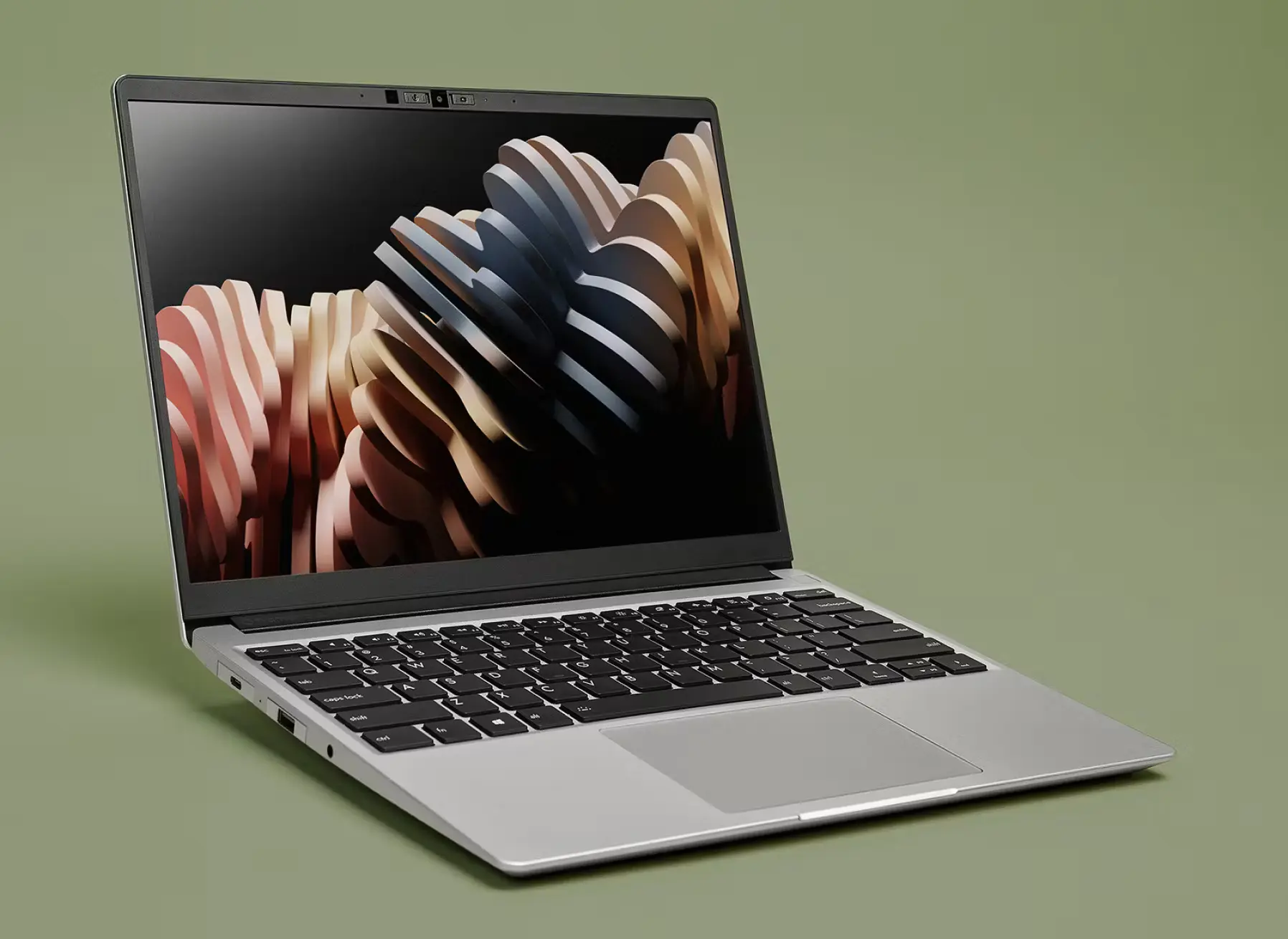The Framework Laptop 13 continues to stand out in the world of ultrabooks, offering a level of upgradeability and repairability that’s unmatched in the market. While most laptops limit upgrades to just RAM and storage, Framework goes much further, allowing you to swap out nearly every component inside and out. This modular approach allows users to customize and future-proof their laptops, a refreshing change in an industry that often forces obsolescence.
Key Features and Design of 2024 Framework Laptop 13
The latest version of the Framework Laptop 13 introduces Intel’s Core Ultra Series processors and an upgraded 2.8K (2880 x 1920) display with a 120Hz refresh rate. This significantly improved over the previous generation’s 60Hz panels, providing smoother visuals and a better overall experience.
Design-wise, the Framework Laptop 13 maintains a familiar look, with minor tweaks like the new display and customizable bezels. The modular expansion cards remain a standout feature, allowing you to configure ports to suit your needs. However, the color mismatch between the aluminum chassis and expansion cards might bother some users. Despite this, the ability to swap out components like USB-C, HDMI, and SD readers makes the design both functional and adaptable.
Specifications of 2024 Framework Laptop 13
- Processor: Intel Core Ultra 7 155H
- Graphics: Intel Arc Graphics
- Memory: 32GB DDR5-5600
- Storage: 1TB WD_Black SN850X SSD
- Display: 13.5-inch, 3:2, 2880 x 1920, 120Hz
- Networking: Intel Wi-Fi 6E AX210, Bluetooth 5.2
- Ports: 3.5 mm headphone jack, four modular expansion slots
- Camera: 1080p with privacy switch
- Battery: 61 WHr
- Power Adapter: 60W GaN charger
- Dimensions: 11.68 x 9.01 x 0.62 inches
- Weight: 2.87 pounds
- Operating System: Windows 11 Home
- Price: $2,122 (as configured)
Upgradeability and Performance
What sets the Framework Laptop 13 apart is its unparalleled upgradeability. With just a few screws, you can access the internals and replace or upgrade components like the memory, SSD, Wi-Fi card, and even the motherboard. Framework’s commitment to modularity extends to nearly every part of the laptop, including the speakers, keyboard, and display. This makes it a solid investment for those who want a laptop that can evolve with their needs.
In terms of performance, the Intel Core Ultra 7 155H provides solid productivity power, though it lags slightly behind other high-end competitors in single-core tasks. The laptop excelled in storage performance, with its WD_Black SN850X SSD leading the pack in file transfer speeds. However, the battery life took a hit with the new high-resolution display and 120Hz refresh rate, lasting just under 10 hours in our tests.
Display and User Experience
The new 2.8K display is a highlight, offering vibrant colors and a sharp, clear picture. It’s particularly suited for productivity tasks thanks to its 3:2 aspect ratio, which provides more vertical space for documents and web browsing. The matte finish reduces glare, making it easier on the eyes during long work sessions. However, the higher resolution and refresh rate do impact battery life.
The keyboard is comfortable and responsive, though the half-height arrow keys might not be to everyone’s liking. The touchpad is serviceable, though not as refined as those found on some premium competitors.
The Framework Laptop 13 remains a unique offering in the laptop market, appealing to those who value upgradeability and repairability. While its modular design and customizable features are unmatched, the high price tag and shorter battery life may limit its appeal to a niche audience. For those who want a laptop that can be easily upgraded and repaired, and are willing to pay a premium for it, the Framework Laptop 13 is an excellent choice.
































































